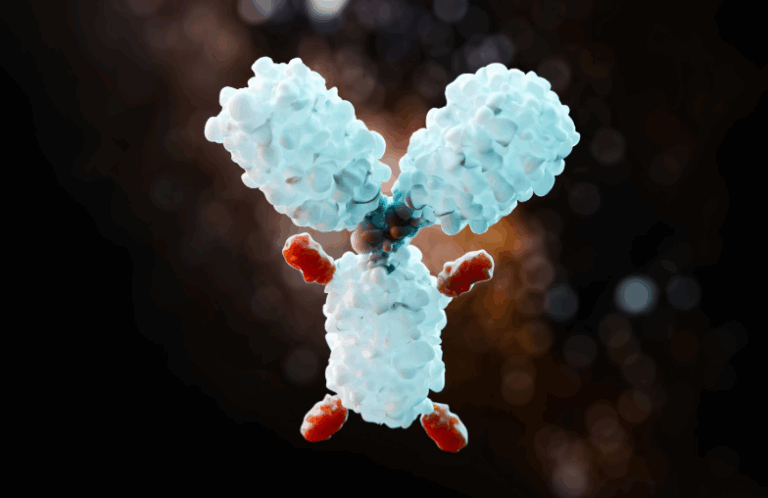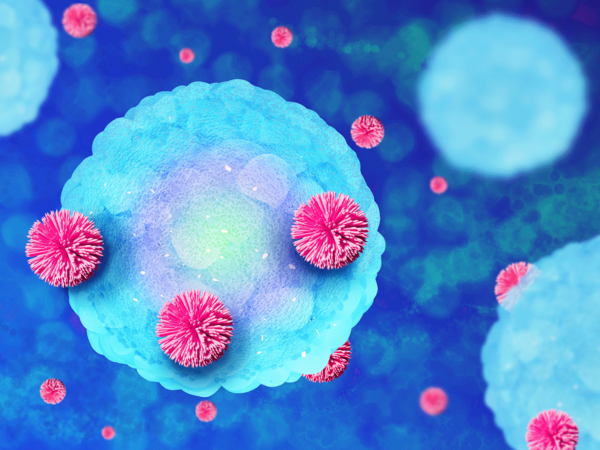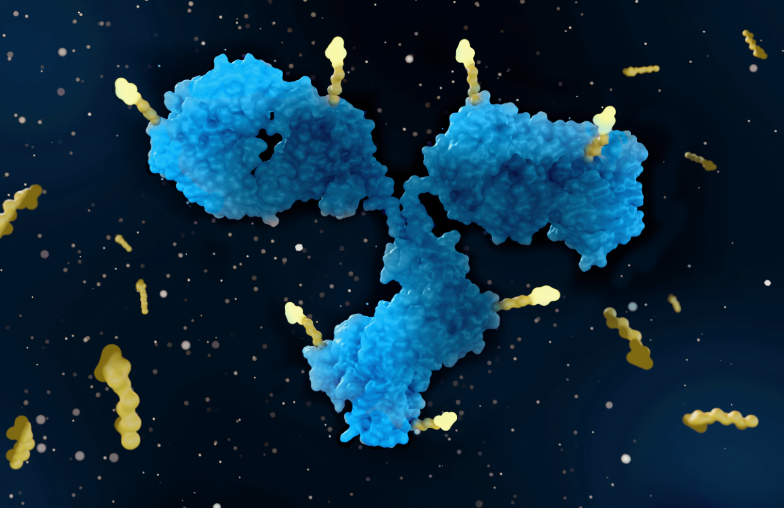We were delighted to attend the recent ESMO Congress 2025 where the European Society for Medical Oncology marked its 50th anniversary with a dynamic and inspiring gathering of global oncology leaders. The conference was packed with meaningful discussions, breakthrough science, and a shared commitment to advancing cancer care. This year’s Congress was a powerful reminder of the progress we’ve made and a glimpse into where we’re headed next.
Precision Medicine takes center stage
One of the most striking themes at ESMO 2025 was the continued evolution of precision medicine. The Presidential Symposium featured pivotal trials that could reshape standards of care across multiple tumor types. Merck’s KEYNOTE-905 and KEYNOTE-B96 studies presented compelling survival data for bladder and ovarian cancers, reinforcing pembrolizumab’s foundational role in both early and metastatic settings.
Similarly, Eli Lilly’s Verzenio showed extended survival in high-risk early breast cancer, while RemeGen’s Aidixi, a HER2-targeting Antibody Drug Conjugate (ADC), demonstrated potential as a new standard of care for HER2-positive bladder cancer.
Breakthroughs in ovarian and endometrial cancer
Ovarian cancer received significant attention, with multiple presentations focused on overcoming resistance in patients previously treated with PARP inhibitors. Relacorilant’s sustained efficacy in this population was particularly noteworthy, offering hope for recurrent cases where treatment options are limited.
Meanwhile, MSD and Eisai’s combination therapy for endometrial cancer showed five-year durability, a rare feat in this indication. These results suggest that long-term disease control may be achievable even in aggressive subtypes, provided the right therapeutic combinations are deployed.

ADC momentum and novel combinations
Advancements in ADCs continued to be a major theme, with enfortumab vedotin and trastuzumab deruxtecan showing promising results in bladder and breast cancers, respectively. The combination of camrelizumab-famitinib also drew attention for its potential to offer a chemotherapy-free option in cervical cancer, suggesting a shift in how certain treatment pathways may be approached.
These advances reflect a broader trend in cancer research, as the oncology community increasingly focuses on treatment combinations that not only extend survival but also improve quality of life. From sessions focused on long-term toxicities and sexual health to discussions on survivorship, these topics are finally receiving the attention they deserve.
Global collaboration and operational excellence
ESMO 2025 underscored the importance of global reach and operational agility. With dozens of companies showcasing data across multiple tumor types, the need for global infrastructure and site networks was clear.
Catalyst Oncology’s conversations at ESMO with biotech sponsors, investigators, and other oncology trial partners reinforced the value of having a global oncology site network and trial execution model tailored to the specific needs of each study.
In Conclusion
ESMO 2025 was a powerful reminder of why we do what we do in oncology drug development. The science was inspiring, the conversations were thoughtful, and the emphasis on collaboration and patient-centered innovation was clear. Thank you to everyone that took time out of their busy schedules to meet with the Catalyst Oncology team.
As we return to our day-to-day work, the real test lies in translating insights into tangible outcomes. Whether it’s accelerating a Phase I trial, refining a site strategy, or optimizing patient engagement, the path forward is now more clearly defined.




